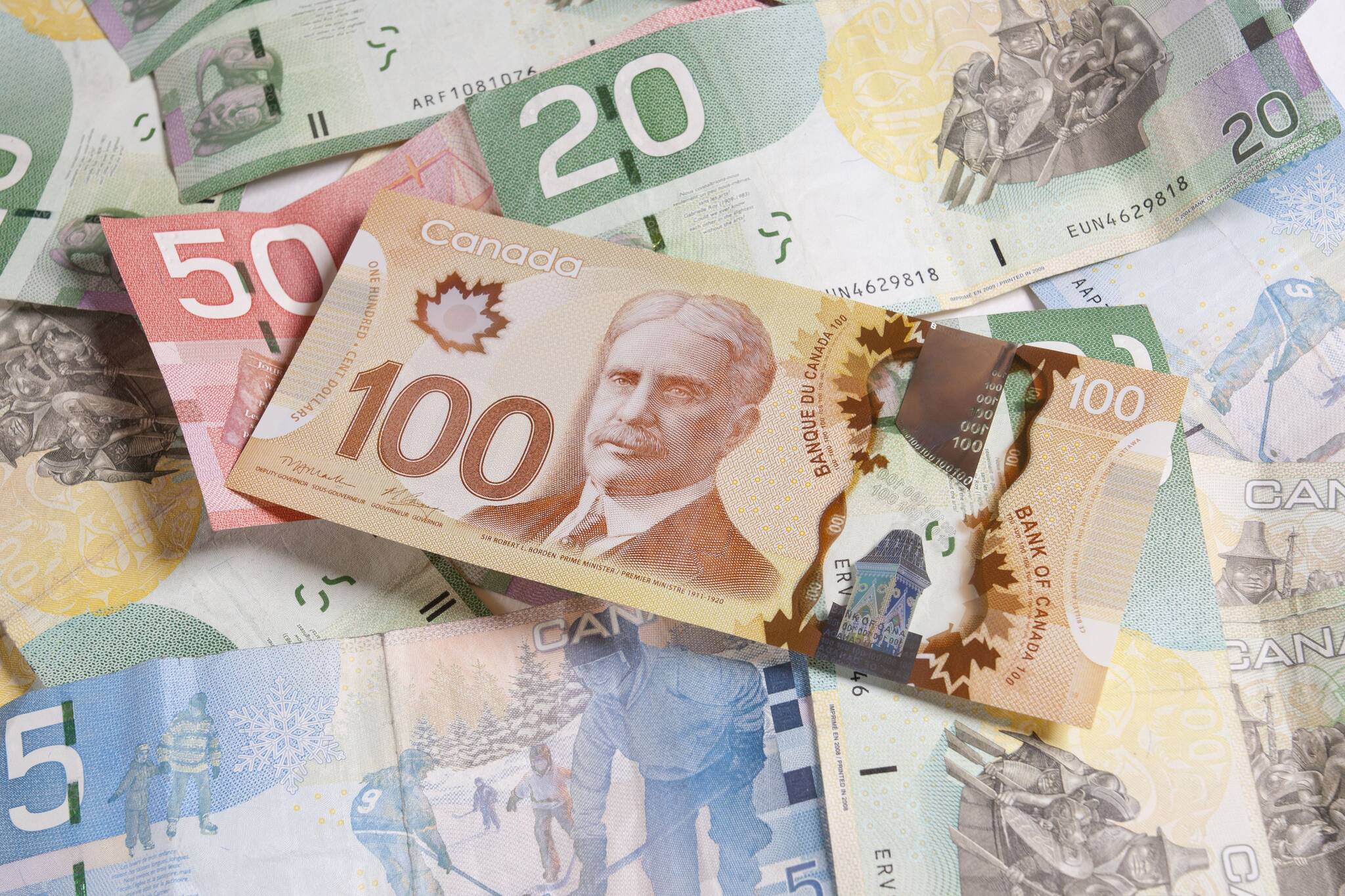
This is why money in Canada has a racism problem
Statues in Canada have come under fire recently for perpetuating racism, but a bigger issue might be closer to home — namely, inside of your wallet. Yes, Canada's money.
As a recent Reddit thread points out, most Canadian banknotes feature a different Prime Minister, many of whom had ties to the oppression of minority groups.
Prime Minister John A. Macdonald, for example, was the architect of the Residential School System, which separated Indigenous children from their families and ultimately resulted in years of abuse and forced assimilation.
Macdonald appears on Canada's $10 bill.
Racism lives in your wallets 😳-📸 Ryan Pilling #Canada #cdnhistory #cdnpoli #RacisminCanada #BLMCanada pic.twitter.com/o84tKreRpb
— Freshdaily (@freshdaily) June 25, 2020
Sir Wilfrid Laurier — Canada's seventh Prime Minister — approved an Order-in-Council to ban Black immigrants from entering the country for a period of one year (the order thankfully never became law). His face is on Canada's five-dollar bill.
Macdonald's government also implemented a $50 head tax on any Chinese immigrant, which was increased to $500 by Laurier (and expanded to include Japanese immigrants).
In 1923, the head tax was replaced by the Chinese Exclusion Act, which "banned the entry of virtually all Chinese immigrants," per the Canadian Encyclopedia.
The Act was implemented by Sir William Lyon Mackenzie King, who appears on Canada's $50 bill.
Andrew Scheer says if we're going to take down John A Macdonald statues, we could also take William Lyon Mackenzie King off the $50 bill. This is a brilliant idea, in fact get all the Prime Ministers off the money. Put Celine Dion on the $50
— Jesse Hawken (@jessehawken) August 25, 2018
Of course, the Bank of Canada has released different banknotes over the years — the Birds of Canada series comes to mind — but those bills still have the faces of Prime Ministers on them.
Similarly, the recent Frontiers series includes the Canada Arm and other scientific innovations, but the banknotes also include Macdonald, Laurier and King.
By prominently featuring the faces of men engaged in a campaign of diplomatic racism, Canada runs the risk of glorifying them.
#DYK all five denominations in the Frontiers series of #polymer bank notes have the same security features? 💵🔍 Learn how to spot a counterfeit note during this busy shopping season. https://t.co/dTWv2d0a2w pic.twitter.com/jU5nNotiim
— Bank of Canada (@bankofcanada) December 18, 2019
However, things may be changing.
The Bank of Canada has already replaced John A Macdonald on the $10 bill with Viola Desmond, a successful Black businesswoman who was jailed for defiantly refusing to leave a whites-only area of a movie theatre in 1946.
The Bank will similarly move to replace Sir Wilfrid Laurier on the five-dollar note.
There's no word yet on whether King ($50 note) and Sir Robert Borden ($100 note) will also be replaced, although two of Canada's leading historians made the case that they should be in 2016.
"The world wasn’t only run by white men or politicians," Allan Levine, a leading King scholar, told Maclean's. "There are other people who are also significant to Canadian history."
Canada’s newest banknote – featuring human rights icon Viola Desmond – is the best in the world! As Canadians, we can all celebrate that Viola’s story of standing up to injustice is inspiring people around the globe. https://t.co/vBeIdrax9O
— Bill Morneau (@Bill_Morneau) April 30, 2019
The Bank held open nominations in January for which Canadian should feature on the five-dollar note, replacing Sir Wilfrid Laurier.
According to the Bank of Canada website, over 45,000 Canadians took part to nominate more than 600 candidates; Terry Fox was a popular choice on social media.
Latest Videos
Join the conversation Load comments







